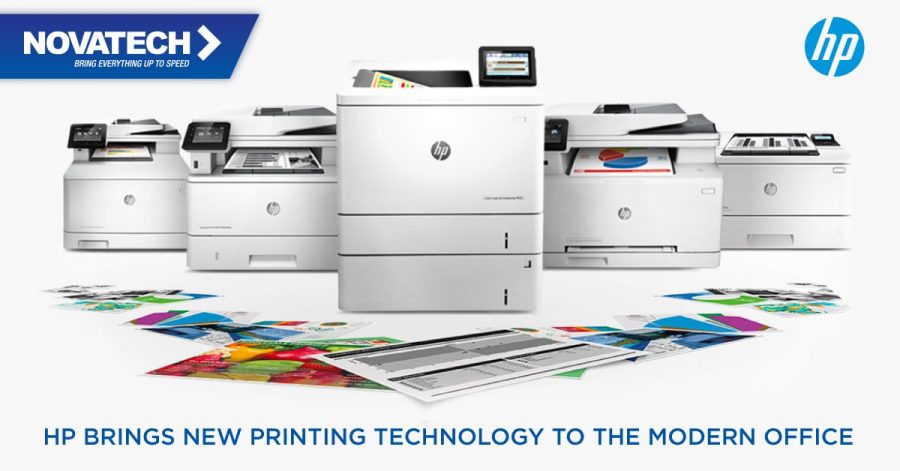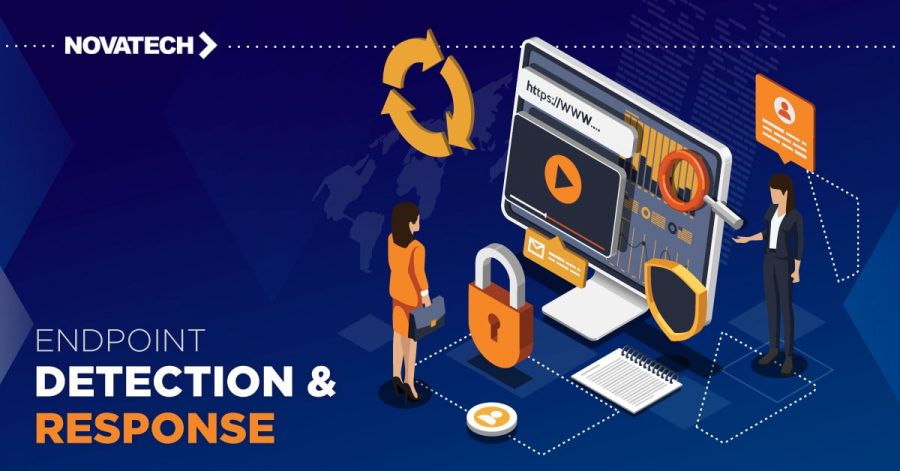The reinvention of vendor relationships
6 min read

It’s time to close the door on traditional business models. Everything IT manages on a day-to-day basis is growing in size and complexity—more devices, more data, more vendors. This situation is pressuring businesses to be more adept at fostering change while maintaining vitality. Thus, third-party vendors have become essential to running an organization and contributing to the success of IT.
Yet, trends across industries are pushing enterprises toward even stronger IT structures. Next-gen workers are introducing new service concepts into the workspace, while mergers and acquisitions (M&A) strategies are redefining the business landscape. Decentralization has become the crux of today’s modern IT. It’s complicated and harder to manage—so can today’s vendors keep up and provide IT with the help they need?
As it currently stands, many third-party vendors operate on a transactional basis. Enterprises sign on the dotted line, devices, and managed services packages are delivered, and IT has to put all the pieces together. These contracts generally lack the flexibility and inclusions that could work to IT’s advantage, rather than potentially jeopardize an enterprise’s stability and growth.
The fluctuation of enterprises
Deloitte, a professional services firm, surveyed 1,000 corporate executives and private equity investors and found that 87 percent of M&A leaders expect to deal with activities to increase once again in 2019. With exchanges, transfers, and mergers come a plethora of devices, data, and information that need to be managed by a single entity—which gives IT vendors a critical role to play in the M&A market. More robust capabilities and more powerful technologies are vital to navigating this fluctuation, and adding these to an already complex enterprise IT environment can introduce unique challenges.
Today’s workers are shifting toward a more flexible approach to the workplace, and this will influence device procurement. As digital transformation offers more opportunities for virtual working, the number of devices in an IT department’s scope will grow. According to the latest Visual Networking Index, there will be 28.5 billion networked devices by 2022, up from 18 billion in 2017.
There is a greater need to continue using third-party vendors to offload in-house resources that are over capacity and struggling to manage a complex IT structure. Consequently, the annual contract value (ACV) of the “as a Service” (aaS) market grew by 159 percent over the last three years. Shifting from managing IT in the house to a vendor- the only model is possible, especially as enterprises increase organizational growth.
Quenching the thirst for insight
Large quantities of data have become critical to enterprise operations. However, excessive amounts of data can also leave enterprises feeling overwhelmed. According to the Data Analytics Outsourcing Global Market Outlook (2017–2026), the third-party analytics market accounted for $2,233.12 million in 2017 and is expected to reach $18,681.12 million by 2026, growing at a CAGR of 26.6 percent during the forecast period.
Yet, despite this rise, vendors continue to fall short in providing the expertise enterprises seek. Seventy-seven percent of executives say that “business adoption” of big data and AI initiatives continues to represent a challenge for their organizations. Fifty-four percent of executives reported that an inability to be nimble and compete on data presented the most significant competitive threat that they faced. In essence, enterprises are drowning in data but thirsty for insight, which is projected only to intensify as data continues to become a part of everyday operations.
To fully embrace opportunities with data, enterprises are investing in stronger third-party relationships—ones that not only securely manage data but also provide the insights required to propel businesses forward.
Ownership sinks in the service economy age
While enterprises continue to take on more data, devices, and third parties, vendors are becoming increasingly service-oriented due to consumer demands and behavior. It’s the effects of these changes that impact the modern workplace. Part of the influence is coming from generational differences shaping the next-gen IT decision-maker.
For example, consider the millennial-driven service economy. The sharing economy, also popularized by millennials, will grow to 86.5 million US users by 2021—nearly doubling in just two years. As consumers become more comfortable renting, rather than owning, this trend is likely to infiltrate businesses, too.
A growing digital native workforce is more inclined to adopt new ways of doing business. Their creative mindset is giving rise to the service economy—the market for service-based products. In this economy, consumers and companies can leverage the services they need, when they need them, and without the full cost of ownership. It’s growing at an exponential rate and is shaping the way businesses decide to offer and receive services.
Ownership is losing favor among consumers across industries, and access is now king, with ownership falling secondary. That is why companies are seeking vendors that act as facilitators of functional/tactical tasks, as well as right partners that can offer strategic insight and oversight on anything from device usage to enterprise risk management.
According to Deloitte’s 2018 Global Outsourcing survey, vendor outsourcing is likely to see growth across various enterprise functions. The payoff? Of the respondents surveyed, 77 percent felt positive about their outsourcing relationship.
The burden on IT to manage and continually update owned services and goods can be lightened by choosing to invest in third parties—not merely as a vendor, but as a partner—that can move their business forward. One way this is already working is through aaS offerings.
Managed services fuel the vendor evolution
The SaaS business model was established for businesses looking to subscribe to services or solutions on flexible terms, often through strategic relationships, such as managed services providers (MSPs). These managed services or solutions can be customized to meet individual business needs. For enterprises, this means saving on costs by not buying expensive tools and devices and supporting them with in-house resources. In turn, it enables them to increase their value and efficiency by acquiring services on an as-needed basis, without worrying about the total upfront cost of ownership.
Engaging in a managed service relationship can help enterprises in several ways:
- Reduce in-house IT workload
- Save on support costs and capital costs
- Improve efficiencies and productivity
- Meet end-user needs and optimize experiences
- Acquire reliable technology through consistent upgrades
- Access actionable analytics to help comprehend vast amounts of data
There are several services—such as software, infrastructure, and platform—that can be accessed through aaS offerings. For example, Device as a Service (DaaS) enables enterprises to establish flexible contracts with predictable financing for the latest devices, at a suitable refresh rate. If an enterprise expands or downsizes, device management can be adjusted accordingly. Additionally, features such as security capabilities can be added depending on what the business needs at the time.
By engaging with a third-party relationship to handle device procurement and management, deploying only the assets needed, and replacing them when they become obsolete, IT can have the support required to reduce structural complexities and focus on company growth. On top of this, with device health monitoring, organizations get actionable insights to make recognizing and addressing any issues more manageable.
True strategic relationships
These comprehensive and customizable managed service solutions deliver on links that give businesses what they genuinely want. This way of conducting business has not only disrupted the traditional purchase model; it transformed it.
Vendors now offer a robust benefits portfolio, one that can keep devices updated and secured, manage large amounts of data, provide actionable insights, and ultimately raise businesses to the next level.
Are you ready for Device as a Service? Contact Novatech today



